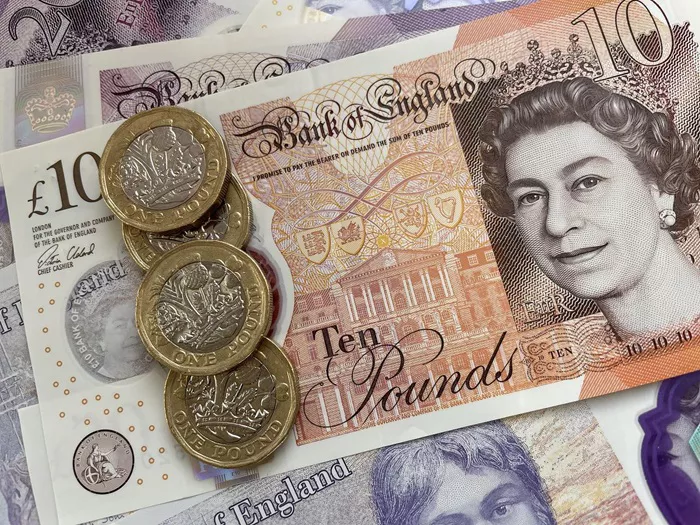The EUR/USD pair reached the upper end of its range on Thursday, stabilizing around the 1.1150 level. This bullish momentum is primarily driven by a broad selloff in the US Dollar (USD) rather than any significant strength in the Euro itself.
This week has seen a relatively light economic calendar for the Eurozone, with the only notable event for EUR traders being a scheduled appearance by European Central Bank (ECB) President Christine Lagarde on Friday. Her speech at the Michel Camdessus Central Banking Lecture in Washington, D.C., will occur during US trading hours.
On the US front, Initial Jobless Claims fell to 219,000 for the week ending September 13, down from the revised 231,000 in the previous week and below the median forecast of 230,000. Additionally, the Philadelphia Fed Manufacturing Survey for September exceeded expectations, with the manufacturing conditions index rising to 1.7 from a seven-month low of -7.0, far surpassing the anticipated -1.0.
Fed Chair Jerome Powell effectively reassured markets that the Federal Reserve’s substantial 50 basis point rate cut was not merely a reaction to economic decline, but a proactive measure to strengthen the labor market. By framing this cut as a “recalibration,” Powell successfully encouraged investors to move away from the USD and invest in higher-yielding assets.
Despite the rally spurred by the Fed, the EUR/USD pair remains positioned just above the 1.1100 mark. While the post-Fed rally has provided stability, meaningful momentum has yet to develop, and the pair may be at risk of an exhaustion play. Nevertheless, EUR/USD continues to trade at the upper end of recent momentum, making it challenging for bearish pressures to drive a significant pullback to the 50-day Exponential Moving Average (EMA) near 1.1000.


